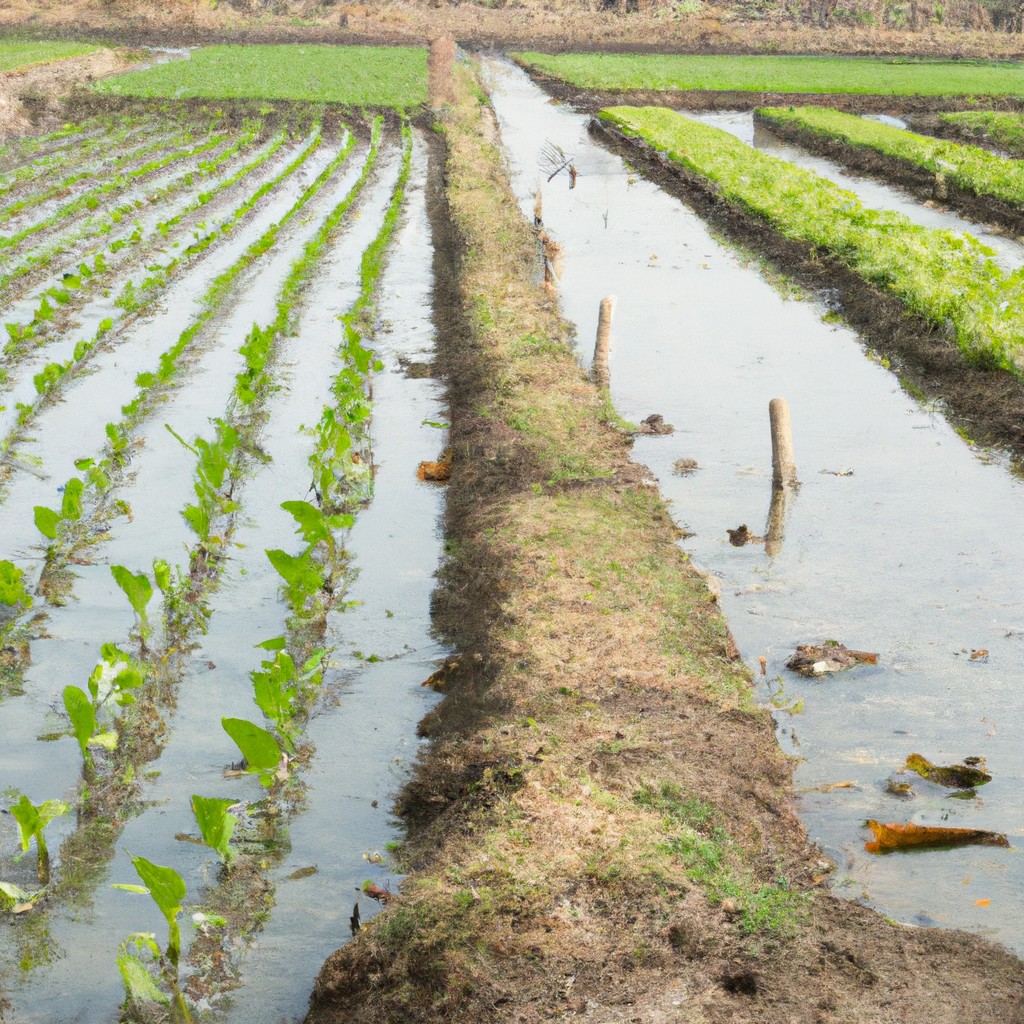In this article, you’ll learn about pesticides, their benefits, risks, and how to use them responsibly for safe and sustainable farming.
Look Inside:
Definition and Classifications

They are the secret agents of farming—but not quite as glamorous as 007. These chemicals are used to combat pests that threaten crops. A pesticide isn’t just one thing; it’s a whole squad.
First up, insecticides. These target those creepy crawlies that munch on the plants.
Then we have herbicides, the weed buster squad, tackling those unwanted plant invaders.
Fungicides are the defenders against a microscopic army of fungi that can turn a robust plant into a wilting mess.
Lastly, there are bactericides for those bacterial villains and rodenticides for the whiskered intruders.
Each one has a distinct mission: protect crops, enhance yields, and let farmers sleep a bit easier at night. But, like secret agents, they can sometimes have… unintended side effects.
Health Effects
Exposure to pesticides can have a variety of health effects, ranging from minor irritations to severe health complications. Acute exposure might result in symptoms like headaches, dizziness, nausea, or skin irritation. Nothing says fun like an unexpected itch, right?
Long-term exposure, however, is a different beast. It’s linked to chronic illnesses such as cancer, hormone disruption, and even neurodegenerative diseases like Parkinson’s. Quite the list!
Pesticides don’t discriminate. Kids can be especially vulnerable due to their developing bodies and higher rates of exposure while frolicking in treated areas.
Farmers and agricultural workers are notably at risk, clocking in some serious hours with these chemicals. Those protective suits? Not just a fashion statement.
Oh, and don’t forget about the air we breathe and the water we drink. Pesticides can hitch a ride, dispersing far beyond their intended targets.
Fancy a salad? Well, pesticide residues can stick around on fruits and veggies, even after a good wash. Yum, a side of invisible chemicals with those greens.
In short, love your veggies, but maybe think twice about their not-so-tiny hitchhikers.
Environmental Effects
Pesticides don’t just vanish into thin air after their pest-battling mission. They can stick around and cause a world of trouble.
For starters, they can contaminate water. Imagine your lovely morning swim becoming a pesticide splash party. Runoff from farms can carry these chemicals into rivers, lakes, and even groundwater, leading to pollution that affects both the environment and your tap water.
Next stop, soil degradation. Pesticides can seep into the soil, harming the tiny, hardworking organisms that make it fertile. No earthworms means no aerated soil, and that’s bad news for crops.
Air pollution is another nasty side effect. Some pesticides are volatile, turning into gas that can drift and affect areas miles away from the original target. Remember, what starts on a farm doesn’t always stay on a farm.
Let’s not forget our buzzing friends, the pollinators. Bees and butterflies are especially sensitive to pesticides. When they get exposed, it’s not just lights out for them but also for the plants they pollinate. No pollination, no fruit. Yikes!
And, drumroll please, the food chain. Birds and other wildlife creatures can ingest pesticide-laden insects or seeds, leading to health issues or even death. It’s like a terrible twist in the food web plot.
In summary, pesticides can kick up quite the environmental fuss.
Pesticide Regulation
We can’t talk about pesticides without bringing up the party pooper: regulation. Governments love sticking their noses into things, and for good reason when it comes to pesticides. Regulatory bodies like the EPA in the United States and the EU’s EFSA keep busy making sure these chemicals aren’t turning our fields into toxic wastelands.
Firstly, these organizations evaluate new pesticides before they hit the market. They’re like the bouncers at a very exclusive club. If a pesticide wants in, it needs to prove it won’t wreak havoc on human health or the environment.
Once pesticides are green-lit, they don’t get a free pass forever. Regular monitoring is a must to ensure that no rules are being bent or broken. It’s essentially pesticide parole, and nobody likes a parole violation.
Don’t forget, packaging and labeling also have strict guidelines. Each bottle must have instructions so clear, even your Great Aunt Edna could use them safely. Misapply them, and not only can it clean out your pest problem, but possibly your bank account via fines.
And let’s pay homage to the precautionary principle. It’s a fancy term where the default setting is “better safe than sorry.” If there’s any doubt about safety, it’s back to the lab for more tests.
Regulation might seem like a bureaucratic quagmire, but it’s all in the name of safety. Those inspectors in white lab coats really are working to keep our veggies, and the planet, as fresh as your playlists.
Alternatives and Resistance
One effective way to reduce the need for pesticides is adopting integrated pest management (IPM). This method uses a combination of biological, cultural, and mechanical practices to manage pests. It’s like getting a superhero team together: each has unique powers to tackle different bugs.
Then there are natural predators. Ladybugs, for instance, are like the tiny tigers of the garden world, munching on aphids like they’re popcorn. Introducing these little warriors can help control pest populations.
Crop rotation and diversity can also work wonders. Imagine being a pest and finding out your favorite snack is suddenly unavailable because the menu has changed. It’s a natural way to keep pests confused and hungry.
Cover crops are another great tool. They act like a cozy blanket for the soil, suppressing weeds, and preventing erosion while also enhancing soil health. It’s like hitting several birds with one stone—but don’t worry, no actual birds are harmed.
Speaking of resistance, pests can become like gym rats on steroids, bulking up against your favorite pesticides over time. Using these alternative methods helps slow down this resistance, keeping pests from turning into tiny, unstoppable terminators.




